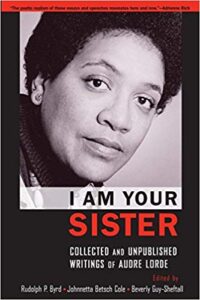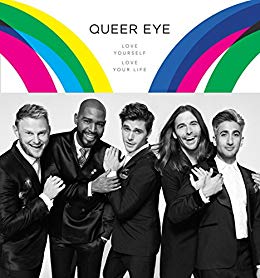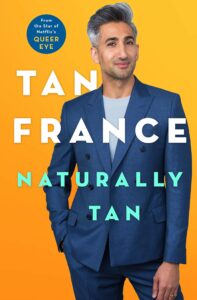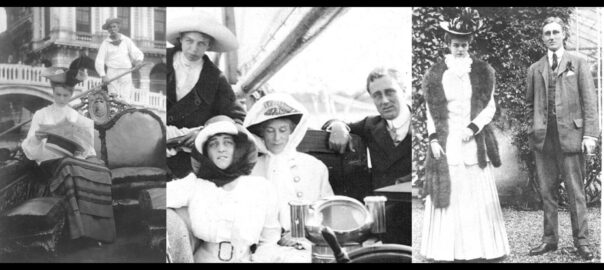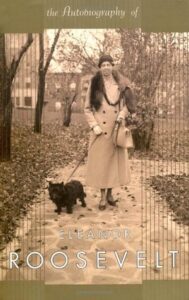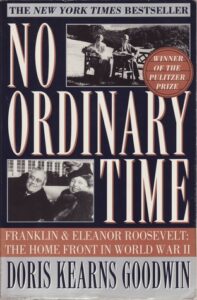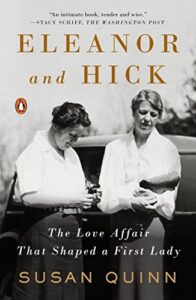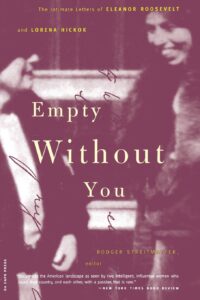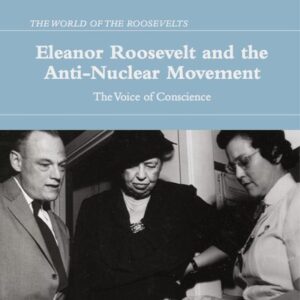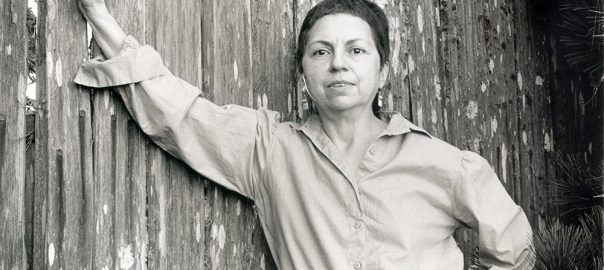This Pride month, instead of writing about Queer history, like our 2019 posts on the Stonewall Riots and LGBTQIA+ History in the South, we want to focus on what it means to be an LGBTQIA+ ally in 2021.
2021 has already been another tough year for the queer community, with more killings of Trans people so far this year than in the whole of 2019 and a record number of anti-LGBTQIA+ legislations. Reports also show that the pandemic hit LGBTQIA+ people harder than non-LGBTQIA+ people.
Now that June is here, we’ll see a lot of the same old rainbow-washing, performative allyship aimed more at looking like an ally than at actually doing the work of allyship. So, what does allyship actually mean? At its core, allyship is about recognizing, understanding, and using your power. Though we focus on allyship to queer and trans communities during Pride in this post, we recognize that intentional, material allyship is vital across all axes of oppression—after all, we know that by building collective power, we can make meaningful change. We’re including some tips and some resources below to help you become a better ally.
Definitions of Allyship
Allyship – The practice of self educating about heterosexism and cisgenderism, educating others, and actively supporting LGBTQA+ individuals and causes. Allyship is practiced by cisgender, trans, and genderqueer people as well as straight, and LGBTQA+ identified people who support and advocate with LGBTQA+ people across communities. While the term “ally” implies a complete identity, “allyship” is an ongoing process. – Definition from UT Austin’s Gender and Sexuality Center. Learn more terms in our Glossary.
“Ally is a verb!” – @chescaleigh (I also just generally highly recommend this video!)
“Anyone has the potential to be an ally. Allies recognize that though they’re not a member of the underinvested and oppressed communities they support, they make a concerted effort to better understand the struggle, every single day. Because an ally might have more privilege and recognizes said privilege, they are powerful voices alongside oppressed ones.” – Amélie Lamont’s Guide to Allyship
“‘Alongside’ is a key word in allyship. A quote from Aboriginal elder, activist, and educator Dr. Lilla Watson sums it up: ‘If you have come here to help me, you’re wasting your time. If you have come because your liberation is bound up in mine, then let us work together.’ Being an ally is about recognizing your privilege, then using it in solidarity with marginalized groups to challenge the status quo. It involves working through discomfort, listening, and learning from mistakes.” – Annalee Schafranek
How to be an ally right now
- Examine your team dynamics, norms, expectations and policies to see where they may be privileging straight, cis life experiences.
- Call your state elected officials and express opposition to anti-trans bills.
- Donate to or volunteer at Out Youth, Austin Black Pride, or other local, grassroots organizations supporting the LGBTQIA+ community.
- Ask your queer friends what barriers they may be experiencing to prevent them from truly enjoying Pride to the fullest this year, and then see what you can do to help them.
- Don’t have queer friends? Think about why that might be and what you might be able to do to develop healthy relationships with people in the queer community.
- Seek out queer creators. Learn from them and support their work.
- Support queer-owned local businesses, and prioritize your Pride-related purchases from queer makers and entrepreneurs.
- Educate yourself, especially on the history of Pride, the Stonewall Riots, and the trans women of color who started them! We’ve got a lot of great resources listed below.
How NOT to be an ally right now
- Ask your queer friends and co-workers to educate you about Pride or straight, cis privilege.
- Dress in rainbows and make a big deal about how you’re going to celebrate Pride (aka, rainbow-washing, see above).
- Think that Pride is just a big gay party without acknowledging its origin in collective uprising against police brutality.
- Think that Pride is just a big gay party without an awareness that its founding mother was a black, trans woman.
- Assume that just because I’m using Queer as an umbrella term in this post that all people who identify as LGBTQIA+ are comfortable with that term, which is steeped in oppression. It’s always best to ask rather than assume.
Learn more
Workshops
- Attend an allyship workshop presented by staff from UT’s Gender and Sexuality Center: https://diversity.utexas.edu/genderandsexuality/trainings-workshops/workshops/
Web Resources:
- There’s More to Allyship Than Pride and Rainbows – https://www.glsen.org/blog/theres-more-allyship-pride-and-rainbows
- Here’s what a good LGBTQ ally looks like – https://www.vox.com/identities/2019/6/22/18700875/lgbtq-good-ally
- How to make your digital classroom more LGBTQ-Friendly – https://itgetsbetter.org/blog/lesson/how-to-make-your-digital-classroom-more-lgbtq-friendly/
- More Trans People Have Already Been Murdered in 2021 Than All of 2019 – https://www.them.us/story/poe-black-trans-activist-murdered
- 2021 Slated to Become Worst Year for LGBTQ State Legislative Attacks as Unprecedented Number of States Poised to Enact Record-Shattering Number of Anti-LGBTQ Measures Into Law – https://www.hrc.org/press-releases/2021-slated-to-become-worst-year-for-lgbtq-state-legislative-attacks
Podcasts
- 4 Ways to make your workplace equitable for Trans people, Life Kit from NPR
- As Anti-Trans Bills Advance, Trans Journalists Weigh In On ‘Privilege’ of Reporting, Consider This from NPR
Books
- Mady M. Giuliani and J. R. Zuckerberg. A Quick & Easy Guide to Queer & Trans Identities. Limerence Press, 2019.
- Archie Bongiovanni & Tristan Jimerson. A Quick & Easy Guide to They/them Pronouns. Limerence Press, 2018.
- Talusan, Meredith. Fairest : a Memoir. Viking, 2020.
- Butt, Rex. Now What? A Handbook for Families with Transgender Children. Transgress Press, 2015.
- Brim, Matt. Poor Queer Studies : Confronting Elitism in the University. Duke University Press, 2020, doi:10.1515/9781478009146.
Other Opportunities
- HornRaiser crowd-funding campaign for UTL’s Black Queer Studies Collection: https://hornraiser.utexas.edu/project/26114
Related DAC Blog posts
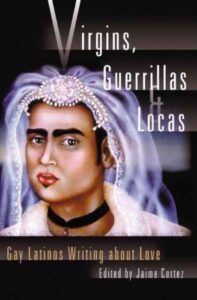
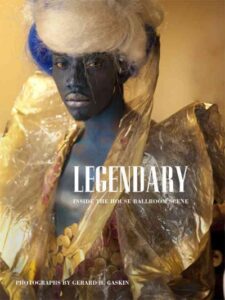
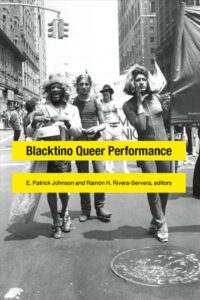

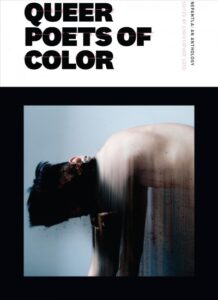
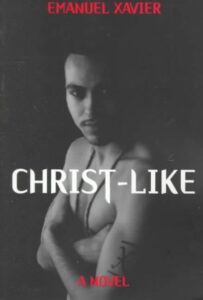
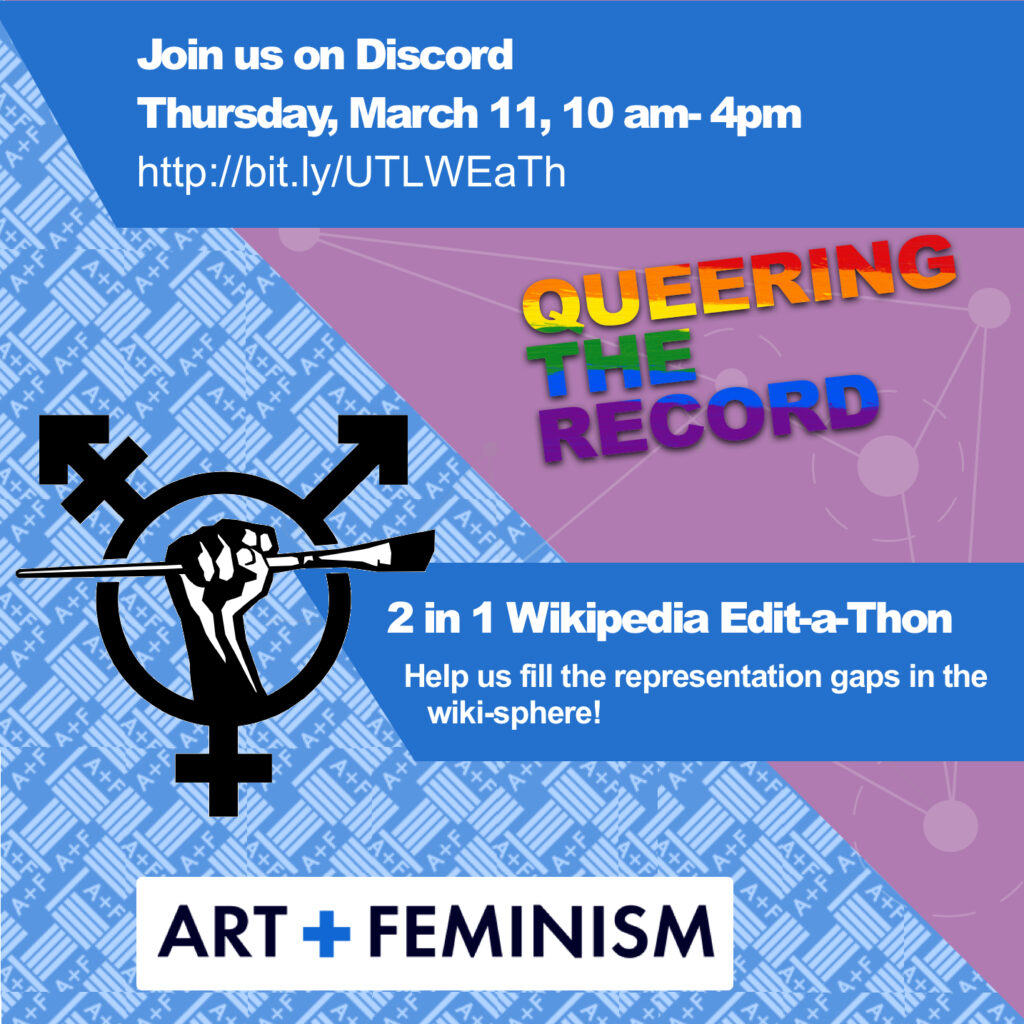
![Rosie the Riveter poster with the phrase "We Can [edit]!" replacing "We Can Do It!"](https://hacklibschool.files.wordpress.com/2014/04/wecanedit.jpg)
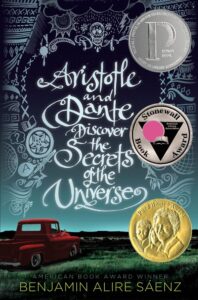
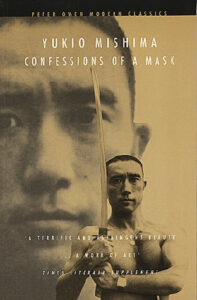 Confessions of a Mask
Confessions of a Mask 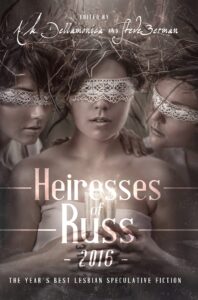
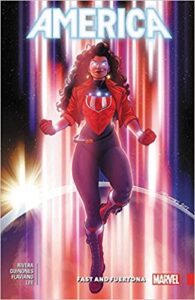
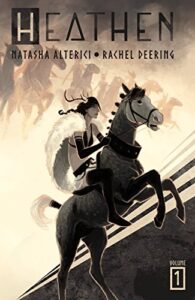 Heathen, Volume 1
Heathen, Volume 1 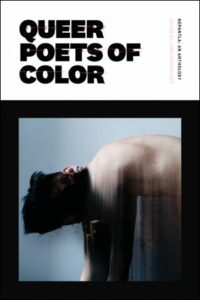
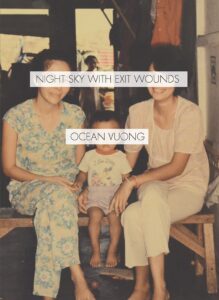

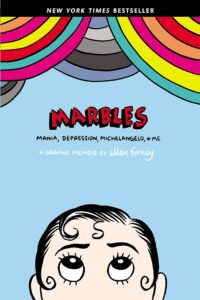
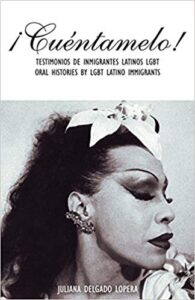 ¡Cuéntamelo! testimonios de inmigrantes latinos LGBT/Cuéntamelo! oral histories by LGBT Latino immigrants
¡Cuéntamelo! testimonios de inmigrantes latinos LGBT/Cuéntamelo! oral histories by LGBT Latino immigrants